


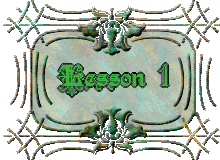

Introduction to Chinese Medical Philosophy; The Chinese MedicalSystem; The Interactions of Polarity (Yin and Yang); The Cycles of the Five Elements; Scope of Chinese Medical Theory; Chinese Physiology and Pathology; Symptomatology and Diagnosis.

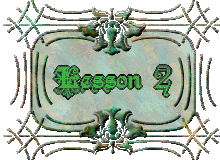

The Manifestation of Yin/Yang and the Transformation of the Five Elements; Definition of Yin/Yang; The Application of Yin/Yang; Laws Governing Yin/Yang (Axioms and Theorems); Analysis of Organic Functions; Divisions and Symbolism of Yin/Yang; The Concept of Yin/Yang; Qualities of Yin and Yang; The Development and Balancing of Yin and Yang; Application of the Yin/Yang Theory; Relationship of Yin/Yang to the Proper Diagnosis and Curing of Disease-Conditions; Use of Yin/Yang in the Preservation of Health and the Prevention of Disease; Additional Supplementary Material.

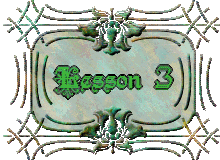

Basic Concepts of the Five Elements (Wu Hsing); Classification of the Five Elements; Laws Governing the Five Elements; Application of the Theory of the Five Elements in Relation to the Classification and Treatment of Disease; Practical Examples of Diagnosis and Treatment Using the Principles of the Five Elements; Liver and Spleen Disorders; Lung and Kidney Disorders; The Theory Behind the Five Element Theory; Geometric Proportioning; The Relationship of the Tsangs (Viscera) and Fous (Bowels).



Universal Law; Effects of Climate on the Human Body; Effects of Geography; Adaptability of the Body Towards its Environment; Practical Uses of Man/Nature Relationships Within Chinese Medical Practice; Yin/Yang in Relation to Man and Nature; Constitution.

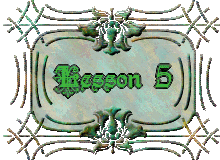

Definition and Functions of Yuang Chi; The Nourishment of the Body; The Definition and Functions of Wei Chi; Ching Chi and Ku Chi; The Concept of Chi; Clinical Symptoms of Diseased Functions; Bodily Fluids; The Guiding Spirit of Shen.

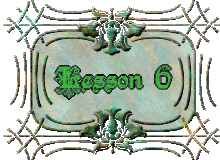

External Phenomena (Viscera, Bowels and Radical Organs); Yin/Yang Balance Within the Bowels and Viscera; Classification of the Bowels and Viscera; Specific Characteristics of Yin and Yang as Applied to Physical Phenomena; Interior/Exterior Relationships of the Bowels and Viscera; Relationship of the Five Viscera to the Five Bodies and the Seven Orifices; Relationship of the Five Viscera to the Emotions, Colors and Tastes; Relationship of the Five Viscera to the Climates of the Four Seasons.

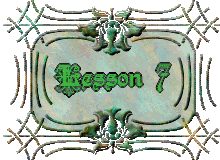

The Five Viscera in Detail; The Heart; The Liver; Relationship of the Liver to the Tendons and Nails; Relationship of the Liver to the Eyes; The Spleen and Pancreas; Relationship of the Spleen to the Muscles, Mouth, Lips and Extremities; The Lungs; Relationship of the Lungs to the Skin and Body Hair; The Kidneys; Relationship of the Kidneys to Birth and Growth; The Fire of Ming Men (Life's Door); Relationship of the Kidneys to the Bones, Bone Marrow and Brain.



Observation and Experience of the Meridians; Primary Pathways of the Meridian System; Nomenclature and Classification of the Meridians; Direction of Energy Flow; The Eight Extra Chings; The Twelve Chings Piet; The Chins; The Los; Circulation of the Energy in the Meridians; The Points.

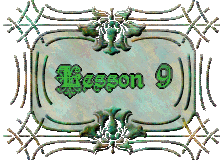

The Gall Bladder; The Stomach; The Colon and Small Intestines; The Colon; The Bladder; The Three Burning Spaces; The Extra Fous; The Manifestations of Shih and Hsu in the Organs.

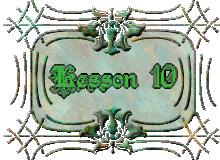

Natural Conditions Involving the Study of Disease-Conditions; TheSix Obscene Winds (Evil Winds); Heat Diseases (Yin and Yang Heat); Wet Diseases; Classification of Symptoms; The Six Manifestations of Yin/Yang.
